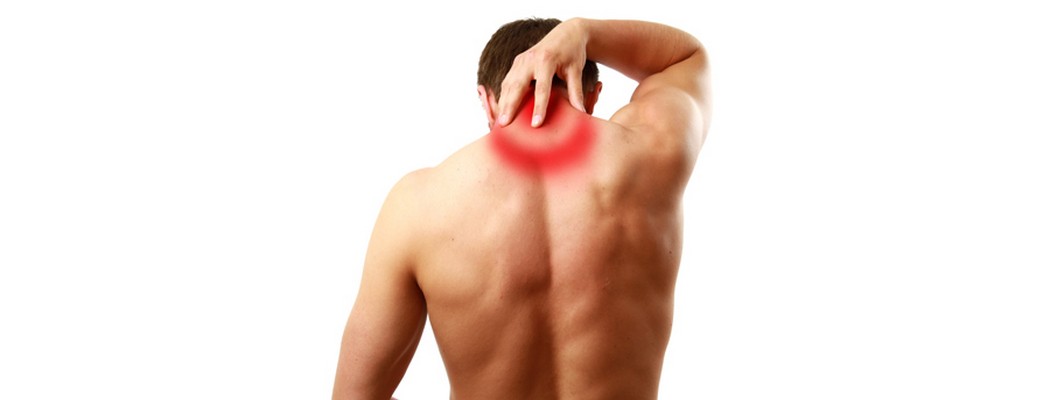Check out Globerman PT's latest blogs about fitness, health, and injuries.
We, at Globerman Physical Therapy, care for you and your health. Please take advantage of the available knowledge of our skilled clinicians in the comfort of your own home! It is our goal to update this blog regularly with health and wellness issues trending our community from the vantage point of licensed physical therapists. If there is a topic of interest to you, please feel free to mention it to a staff member and we will happily share our knowledge as soon as we can! Your health and wellness is our number one priority!
As a disclaimer for all blog entries posted on this website, GPT and our clinicians do not attempt to diagnose nor treat any individual's ailment through this online blog. These blogs were established for patient education and community interaction, and at no time are a substitue for an in-person consultation with a licensed medical professional.
398
Potty Training
Potty training, also known as toilet training can be an exciting and challenging time as a parent. When should you start? There is no evidence to support potty training prior to 12-18 months. Most toddlers are trained at 18-40 months. 22 are out of diapers by 3 ½. Why such a wide range? Toilet training is a life skill, and children develop these skills at different times. The sphincter muscles must have enough strength to be able to maintain continence, which takes time ...
Posted on 2020-06-08
Prolapse
The pelvic floor has 5 different functions.
Supportive
Sphincteric
Stabilization
Sexual
Sump-pump (for lymph flow)
When we don’t have any issues, we don’t realize how much responsibility our pelvic floor muscles have in our everyday functions, such as going to the bathroom, having sexual intercourse, and supporting our pelvic organs all... day... long. When we do experience some kind of pelvic floor dysfunction, it can be absolutely debilitating. Symptoms ...
Posted on 2020-05-12
Diastasis Recti “The Mommy Tummy”
Diastasis Recti Abdominis (“DRA”) has been a big topic in social media lately. But, what really is DRA? Some people experience DRA as a big gap in the middle of the belly, or as a “pooch” in the lower abdomen that is hard to get rid of. As physical therapists, we know DRA as abnormal lengthening or distortion of the linea alba. The linea alba is the midline of the abdomen where the abdominal muscles attach to. Because...
Posted on 2020-05-05





